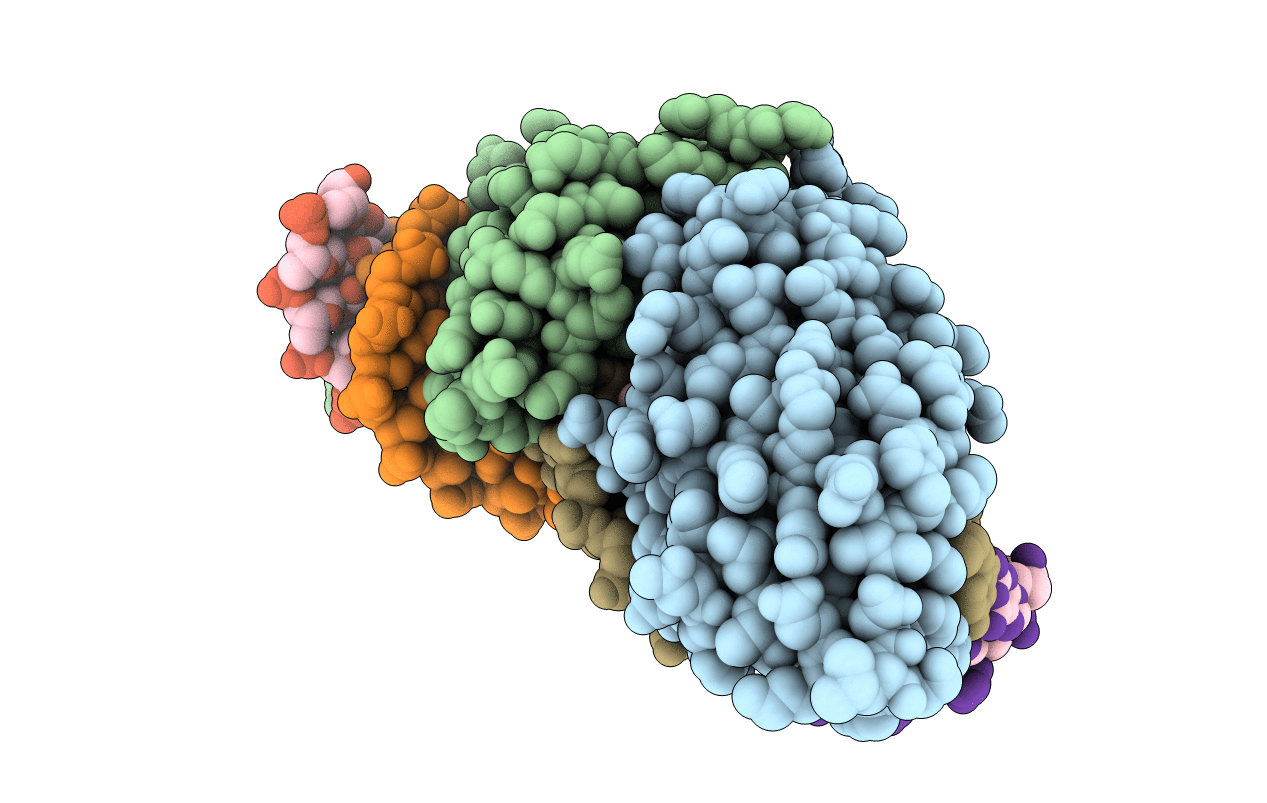
Deposition Date
2008-08-13
Release Date
2008-12-30
Last Version Date
2024-05-29
Entry Detail
PDB ID:
3E54
Keywords:
Title:
Archaeal Intron-encoded Homing Endonuclease I-Vdi141I Complexed With DNA
Biological Source:
Source Organism:
Vulcanisaeta distributa (Taxon ID: 164451)
Host Organism:
Method Details:
Experimental Method:
Resolution:
2.50 Å
R-Value Free:
0.25
R-Value Work:
0.23
R-Value Observed:
0.23
Space Group:
P 61


